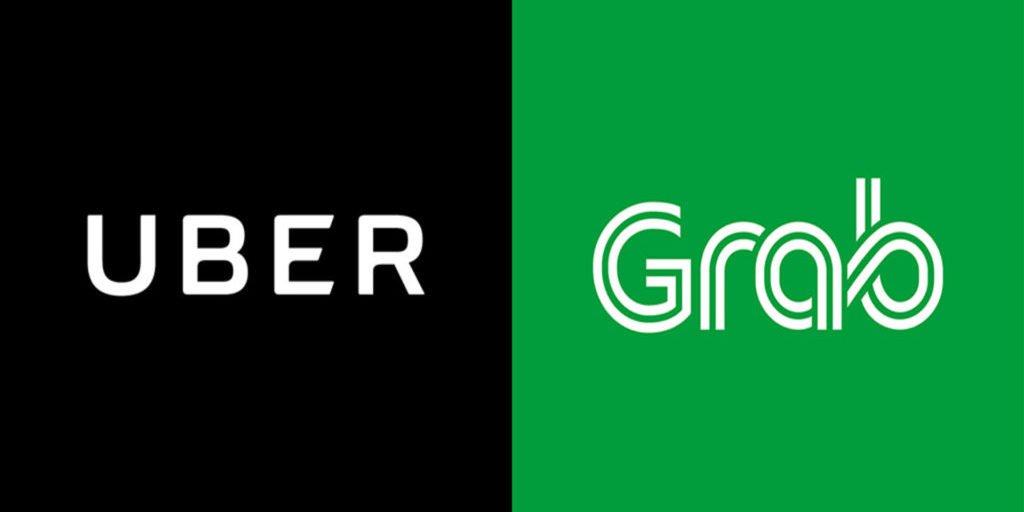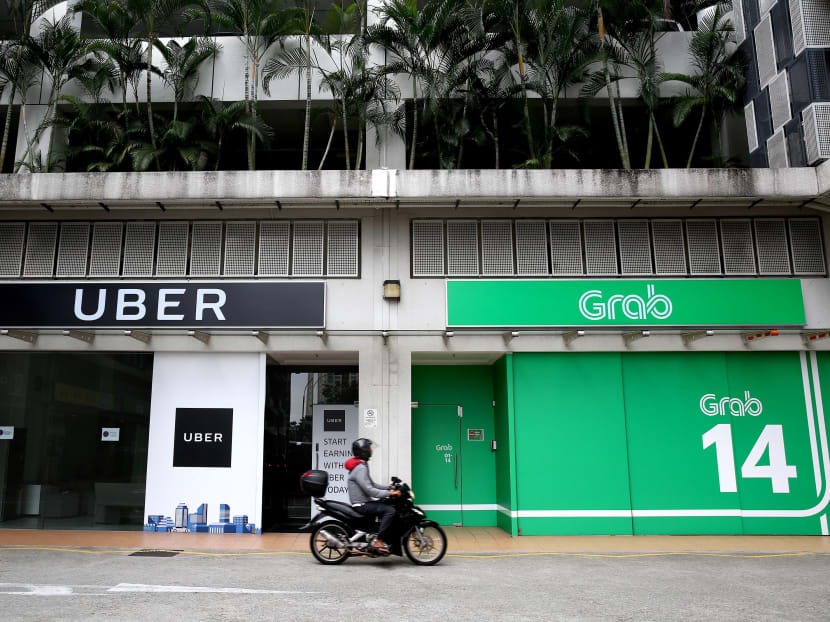In the battle for ride-hailing supremacy, Uber and Grab have emerged as global and regional leaders, respectively, redefining urban mobility.
While Uber has revolutionised the transportation landscape on a global scale, Grab has established itself as a Southeast Asian powerhouse, tailoring its offerings to the region's unique challenges and opportunities.
In this post, I will go through the history of both companies, its current situation, and where I think the future lies.
Beginnings:
Uber was founded in San Francisco in 2009 by Travis Kalanick and co-founder Garrett Camp with the aim of making it easier and cheaper to procure direct transportation.
Grab was founded in 2012 when Anthony Tan and Tan Hooi Ling, classmates at HBS, wrote a business plan for a taxi booking app, which won the 2nd prize at the HBS New Venture competition in 2011. Their aim was to make taxis safer in their home country of Malaysia that was ranked as the worst cab service in the world.
In many ways, Grab serves as a regional mirror to Uber, following a strikingly similar trajectory but often lagging by about three years. From its initial ride-hailing focus to its expansion into food delivery and financial services, Grab’s evolution mirrors Uber’s, albeit adapted for the unique challenges and opportunities of Southeast Asia. Where Uber pioneered global urban mobility, Grab has taken those lessons and applied them with a localised lens, creating a path that reflects Uber’s journey while adapting to regional nuances.
The face-off:
Uber was a global behemoth having raised millions of dollars from Venture Capital. It dominated the North American market and soon set its sights on global domination. This eventually led to its expansion to Southeast Asia, Grab’s domestic market.
Uber entered the SEA market in 2013 with a strategy and an app that was almost identical to that available in the US, aiming to un-seed Grab as the leading ride-hailing player in the market. Meanwhile, Uber also faced intense competition, from Lyft in the US and Didi in China.
However, Grab was to be a formidable competitor like no other. Grab launched in Malaysia in 2012, a year before Uber launched in Singapore. It then launched in Singapore in 2013, partnering with Taxi companies such as ComfortDelgro to rapidly expand its fleet of vehicles. Grab’s strategy was to focus on fast expansion across SEA. The company concentrated efforts on rapid user growth with localised versions of its ride-sharing app.
In 2013 and 2014, Grab also entered the Philippines, Thailand, Indonesia, and Vietnam, beating Uber by a few months in each case. Grab aggressively used consumer promotions and incentives to both drivers and consumers to entice customers. This drained the $85M that it raised. Eager to continue growth and pursue market dominance, Grab drew $250M in funding from Softbank in a huge early-stage investment.
At the same time, Uber, with mindshare of consumers who had heard of it from Western media and markets, was thriving, going toe-to-toe with Grab on promotions and incentives. However, Uber had a big issue, shareholders were beginning to demand profitability. As Uber’s focus split from its North American business, it was fighting a battle on several fronts, leading to fears of being spread too thin. This led to a shift in strategy; from dominance at all costs to settling as a key player focused on preserving its market position in SEA.
Grab returned to capital markets frequently, raising billions in cash in hopes that it would secure its position as the dominant player in SEA. Grab raised almost $4B in new funding in subsequent years while Uber spent just $700M in comparison.
In March 2018, Uber (and its shareholders) had enough and decided to leave Southeast Asia, opting to sell its operations to Grab in exchange for 27.5% equity in the company, a decision that would prove to be a win-win for both companies. The ultimate winner however, could be argued to be Softbank, a huge investor in both companies.





